Home>Construction & Tools>Building Materials>How To Anchor Into Stucco
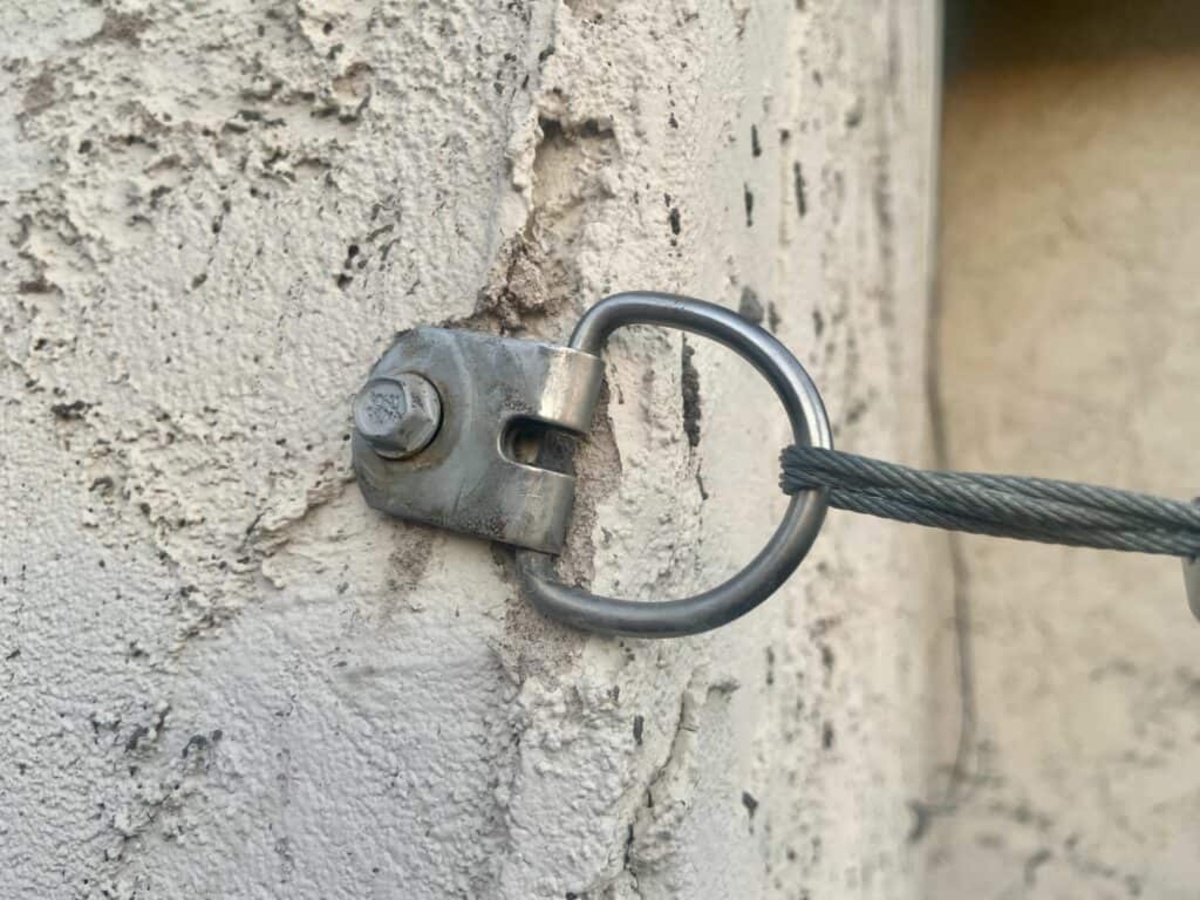

Building Materials
How To Anchor Into Stucco
Modified: August 28, 2024
Learn the best techniques for anchoring into stucco with our comprehensive guide. Find the right building materials and methods for a secure installation.
(Many of the links in this article redirect to a specific reviewed product. Your purchase of these products through affiliate links helps to generate commission for Storables.com, at no extra cost. Learn more)
Introduction
So, you've got a beautiful stucco exterior and you're looking to hang something on it. Whether it's a piece of art, a decorative fixture, or a practical item, anchoring into stucco requires a bit of finesse. Stucco, a popular exterior finish for homes and buildings, is known for its durability and unique texture. However, it does present challenges when it comes to attaching objects securely.
In this comprehensive guide, we'll delve into the art of anchoring into stucco. From understanding the nature of stucco to choosing the right anchors and mastering the necessary techniques, we've got you covered. By the end of this journey, you'll be equipped with the knowledge and skills to confidently anchor into stucco, ensuring that your prized possessions remain safely and stylishly displayed.
Let's embark on this stucco anchoring adventure together, and soon you'll be well-versed in the art and science of securely mounting items on your stucco surface.
Key Takeaways:
- Anchoring into stucco requires understanding its composition and choosing the right anchors. Careful preparation, precise drilling, and selecting corrosion-resistant hardware are essential for successful installations.
- To anchor into stucco, gather the right tools and materials, and follow a systematic process. Choose anchors based on weight, pre-drill carefully, and consider the substrate for stable and visually appealing installations.
Read more: How To Anchor In Brick
Understanding Stucco
Stucco is a popular exterior finish that consists of cement, sand, lime, and water. It is applied in multiple layers to create a textured and visually appealing surface. Stucco is valued for its durability, weather resistance, and ability to enhance the aesthetic appeal of buildings.
When it comes to anchoring into stucco, it’s essential to understand its composition and characteristics. Stucco surfaces are not as forgiving as wood or drywall when it comes to making holes. The texture and density of stucco can vary based on the application technique and the specific materials used. Traditional stucco, also known as hard-coat stucco, tends to be denser and more challenging to penetrate than synthetic stucco finishes.
Moreover, stucco is applied over a substrate, which can be made of various materials such as wood, metal lath, or masonry. The type of substrate beneath the stucco can influence the anchoring process. For instance, wood lath provides a more flexible surface compared to metal or masonry substrates, affecting the choice of anchors and installation techniques.
Understanding the nature of stucco is crucial for successful anchoring. Its density, texture, and the underlying substrate all play a role in determining the appropriate methods for securely attaching objects to the surface. By gaining insight into these factors, you’ll be better prepared to select the right anchors and execute the anchoring process effectively.
Choosing the Right Anchors
When it comes to anchoring into stucco, selecting the appropriate anchors is paramount. The right anchors will provide the necessary support and stability for the items you intend to hang, ensuring that they remain securely in place over time. Here are some common types of anchors suitable for stucco surfaces:
- Plastic Expansion Anchors: These anchors are versatile and easy to install. They work well in softer stucco surfaces and are suitable for light to medium-duty applications such as hanging lightweight decorations and fixtures.
- Screw-In Anchors: Also known as self-tapping anchors, these are ideal for heavier items. They feature coarse threads that allow them to grip the stucco securely. However, pre-drilling may be necessary to facilitate their installation.
- Hollow Wall Anchors: These anchors are designed for use in materials with cavities behind them, making them suitable for stucco that is applied over a hollow space or a substrate with a cavity.
- Masonry Anchors: For stucco surfaces applied over masonry substrates, masonry anchors provide robust support. They are designed to penetrate and grip the masonry behind the stucco, offering exceptional strength.
Before choosing an anchor, consider the weight and nature of the item you plan to hang. Additionally, assess the texture and density of your stucco surface to determine the most suitable anchor type. It’s essential to select anchors that are designed for use in stucco and compatible with the specific load requirements of your project.
Furthermore, ensure that the anchors are corrosion-resistant, especially if they will be exposed to the elements. Stainless steel and zinc-plated anchors are excellent choices for outdoor applications, providing durability and protection against rust and corrosion.
By carefully evaluating your anchoring needs and the characteristics of your stucco surface, you can make an informed decision when selecting the right anchors. This thoughtful approach will contribute to the long-term stability and reliability of your stucco-mounted installations.
Tools and Materials Needed
Before embarking on the process of anchoring into stucco, it’s essential to gather the necessary tools and materials to ensure a smooth and successful installation. Here’s a list of items you’ll need:
Tools:
- Drill: A high-quality drill with a variable speed setting and a hammer function is essential for creating holes in stucco. Ensure that the drill bit is suitable for masonry and is sized appropriately for the anchors you'll be using.
- Masonry Bit: Select a carbide-tipped masonry bit that matches the diameter of the anchors you plan to use. The bit should be designed to effectively penetrate stucco and the underlying substrate.
- Screwdriver or Power Screwdriver: Depending on the type of anchors you've chosen, a screwdriver or power screwdriver will be necessary for driving the screws into the anchors.
- Level: To ensure that your mounted items are straight and aligned, a level is indispensable for achieving a professional and visually appealing result.
- Protective Gear: Safety goggles and work gloves are crucial for protecting your eyes and hands during the drilling and installation process. Additionally, a dust mask may be necessary to prevent inhalation of debris generated while drilling into stucco.
Read more: How To Anchor A Shed To The Ground
Materials:
- Anchors: Based on your assessment of the weight and nature of the items you'll be hanging, select the appropriate anchors from the options discussed earlier, ensuring that they are suitable for stucco applications.
- Screws: Choose corrosion-resistant screws that are compatible with the anchors you've selected. The length and gauge of the screws should align with the requirements of your specific anchoring project.
- Marking Pencil or Tape: Marking the precise locations for drilling is essential for accurate and secure installations. A marking pencil or tape can be used to indicate the drilling points on the stucco surface.
- Clean Cloth and Mild Cleaner: Before installing anchors, it's important to clean the stucco surface to remove any dirt, dust, or debris that could affect the adhesion of the anchors.
By ensuring that you have the right tools and materials at your disposal, you’ll be well-prepared to execute the anchoring process with precision and efficiency, leading to reliable and aesthetically pleasing results.
Steps to Anchor Into Stucco
Now that you’re equipped with the necessary knowledge and resources, it’s time to embark on the process of anchoring into stucco. Follow these step-by-step instructions to ensure a successful and secure installation:
Step 1: Mark the Mounting Locations
Using a marking pencil or tape, identify and mark the precise locations on the stucco surface where you intend to install the anchors. Ensure that the markings are level and aligned according to your desired placement for the mounted items.
Step 2: Prepare the Surface
Thoroughly clean the marked areas of the stucco surface using a clean cloth and a mild cleaner. Removing any dirt, dust, or debris will promote optimal adhesion and ensure a secure bond between the anchors and the stucco.
Read more: How To Anchor A Resin Shed
Step 3: Select the Appropriate Drill Bit
Choose a masonry bit that corresponds to the diameter of the anchors you’ll be using. Attach the masonry bit to your drill, ensuring that it is securely fastened and aligned for precise drilling.
Step 4: Drill Pilot Holes
With the drill set to the appropriate speed and using the hammer function if necessary, carefully drill pilot holes at the marked locations on the stucco surface. Exercise caution to avoid applying excessive pressure, as stucco can be brittle and prone to cracking if drilled forcefully.
Step 5: Insert the Anchors
Gently tap the anchors into the pilot holes using a hammer, ensuring that they are snugly and securely seated in the stucco. If you’re using plastic expansion anchors, be mindful of their potential to crack the stucco if excessive force is applied during installation.
Step 6: Attach the Mounted Items
With the anchors in place, use a screwdriver or power screwdriver to fasten the screws into the anchors, securing them firmly to the stucco surface. Ensure that the screws are tightened to the appropriate torque to provide a stable and reliable mount for your items.
Read more: How To Anchor A Trampoline Down
Step 7: Verify Stability and Alignment
Once the mounted items are in place, use a level to confirm that they are properly aligned and positioned as intended. This step is crucial for achieving a visually pleasing result and ensuring that the items are securely anchored to the stucco surface.
By following these systematic steps, you can successfully anchor into stucco with confidence, knowing that your installations are secure, stable, and visually appealing. With precision and attention to detail, you’ll achieve a professional outcome that enhances the functionality and aesthetics of your stucco-clad environment.
Tips for Success
Mastering the art of anchoring into stucco requires a combination of knowledge, skill, and attention to detail. To ensure a successful and hassle-free installation, consider the following tips:
1. Choose the Right Anchors:
Assess the weight and nature of the items you plan to hang, and select anchors that are specifically designed for stucco applications. Matching the anchors to your project’s requirements is essential for achieving reliable and long-lasting installations.
2. Pre-Drill Pilot Holes Carefully:
Exercise caution and patience when drilling into stucco. Apply gentle and consistent pressure to avoid cracking or damaging the surface. Using the appropriate drill bit and technique will result in clean and precise pilot holes for the anchors.
Read more: How To Anchor A Gazebo On The Patio
3. Consider the Substrate:
If possible, identify the type of substrate beneath the stucco, as this can influence the anchoring process. The presence of wood lath, metal lath, or a masonry substrate can impact the choice of anchors and the installation technique.
4. Use Corrosion-Resistant Hardware:
Opt for stainless steel or zinc-plated screws and anchors, especially for outdoor installations. Corrosion-resistant hardware will ensure the longevity and durability of your mounted items, particularly in environments exposed to the elements.
5. Test Stability Before Hanging Valuables:
Prior to hanging valuable or delicate items, perform a stability test by applying gentle pressure to the mounted anchors. Verifying the stability and strength of the installation will help prevent accidents and ensure the safety of your possessions.
6. Seek Professional Assistance for Complex Installations:
For complex or challenging anchoring projects, especially those involving heavy or valuable items, consider consulting a professional contractor with experience in stucco installations. Their expertise can offer valuable insights and ensure optimal results.
Read more: How To Store Anchor Charts
7. Embrace Aesthetics and Functionality:
While focusing on the technical aspects of anchoring, don’t overlook the visual impact of your installations. Strive to achieve a balance between aesthetics and functionality, ensuring that your mounted items complement the overall appeal of your stucco-clad space.
By incorporating these tips into your anchoring endeavors, you’ll enhance the precision, reliability, and visual appeal of your stucco-mounted installations. With a thoughtful and meticulous approach, you can achieve outstanding results that elevate the functionality and beauty of your stucco surfaces.
Conclusion
As we conclude our journey into the realm of anchoring into stucco, it’s evident that this process blends artistry with technical proficiency. Understanding the composition and characteristics of stucco, selecting the right anchors, and executing the anchoring process with precision are essential elements in achieving secure and visually appealing installations.
Stucco, with its unique texture and durability, presents both challenges and opportunities when it comes to mounting items. By delving into the nuances of stucco and mastering the techniques of anchoring, you’ve gained the knowledge and skills to confidently enhance your stucco surfaces with a wide array of mounted objects, from functional fixtures to decorative elements.
Remember, the success of your anchoring endeavors hinges on the thoughtful selection of anchors, meticulous preparation of the stucco surface, and the careful execution of each step in the installation process. By embracing these principles and incorporating the tips for success, you can ensure that your stucco-mounted items are not only securely anchored but also harmoniously integrated into their surroundings.
Whether you’re adorning your home’s exterior with artful displays or adding practical elements to your stucco-clad environment, the art and science of anchoring into stucco empower you to personalize and optimize your living spaces.
So, armed with the knowledge and insights gained from this guide, go forth and embark on your stucco anchoring adventures with confidence. May your installations be steadfast, your creativity boundless, and your stucco surfaces transformed into showcases of functionality and beauty.
Happy anchoring!
Frequently Asked Questions about How To Anchor Into Stucco
Was this page helpful?
At Storables.com, we guarantee accurate and reliable information. Our content, validated by Expert Board Contributors, is crafted following stringent Editorial Policies. We're committed to providing you with well-researched, expert-backed insights for all your informational needs.
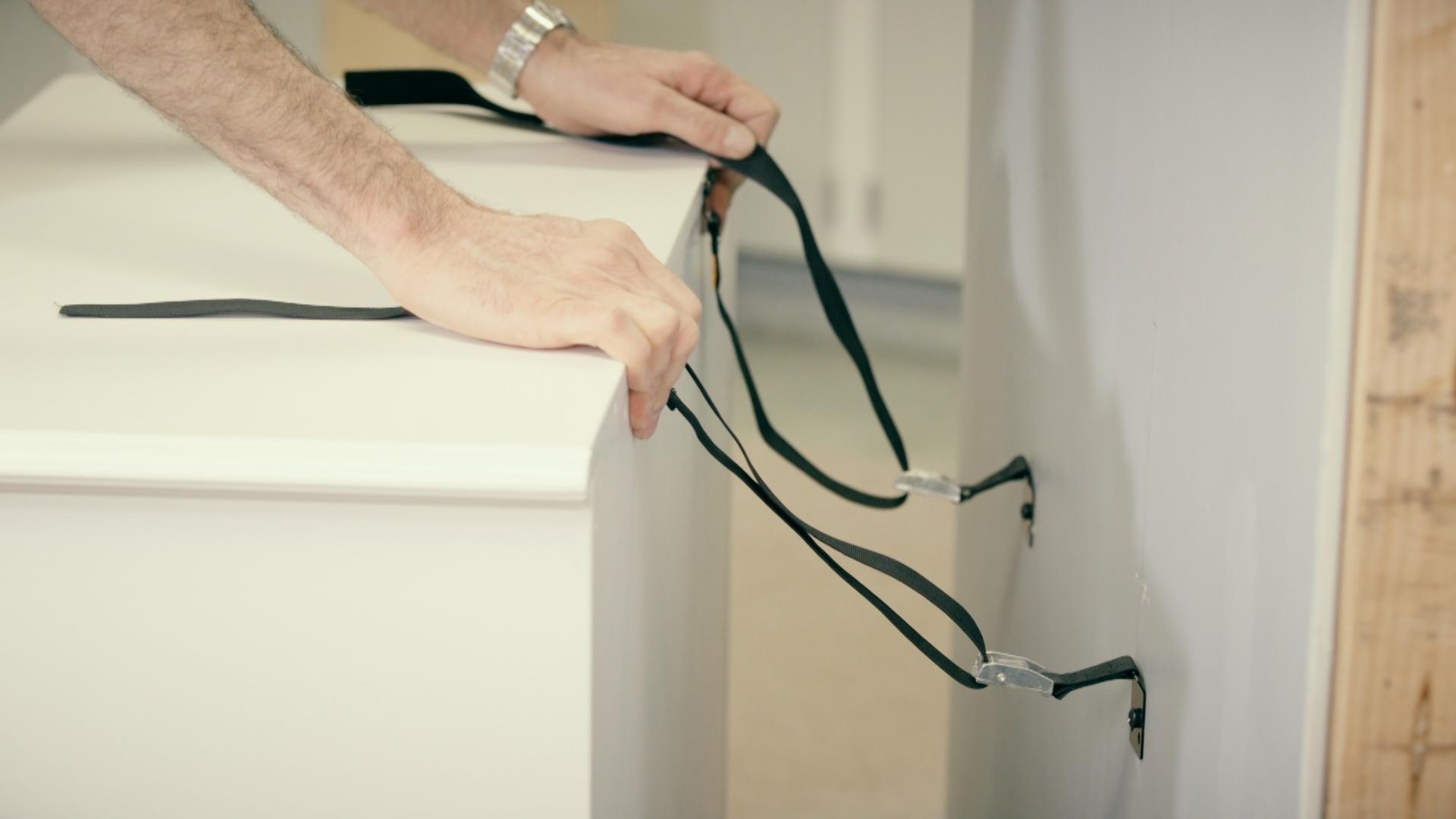
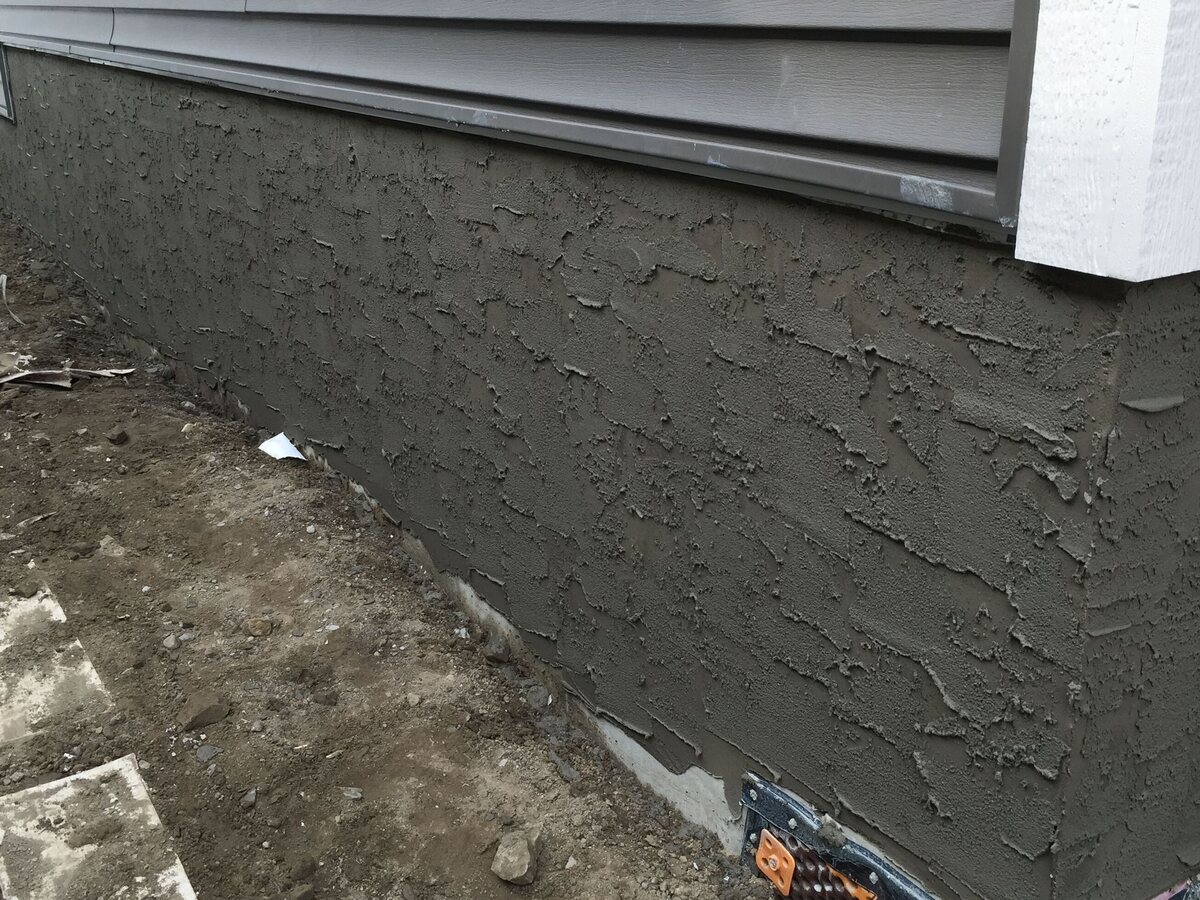
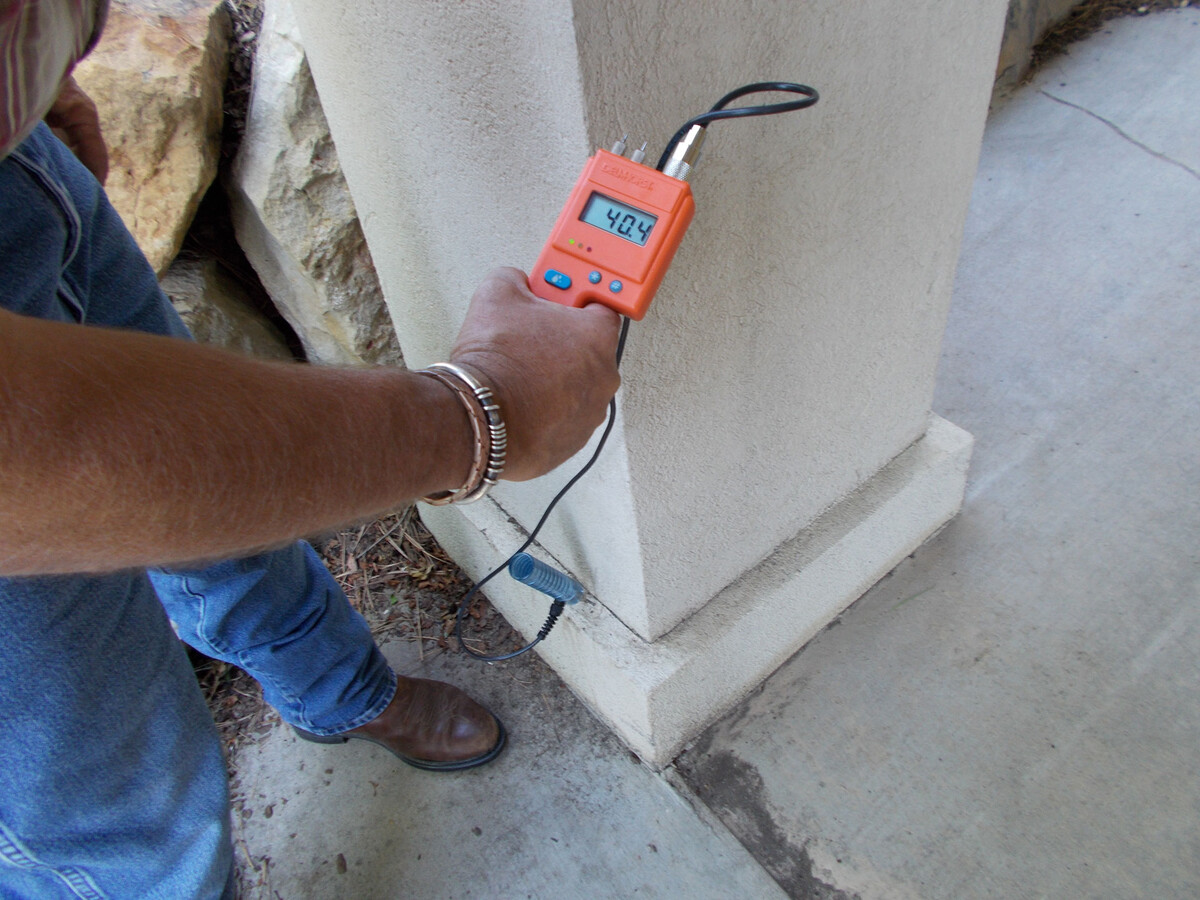
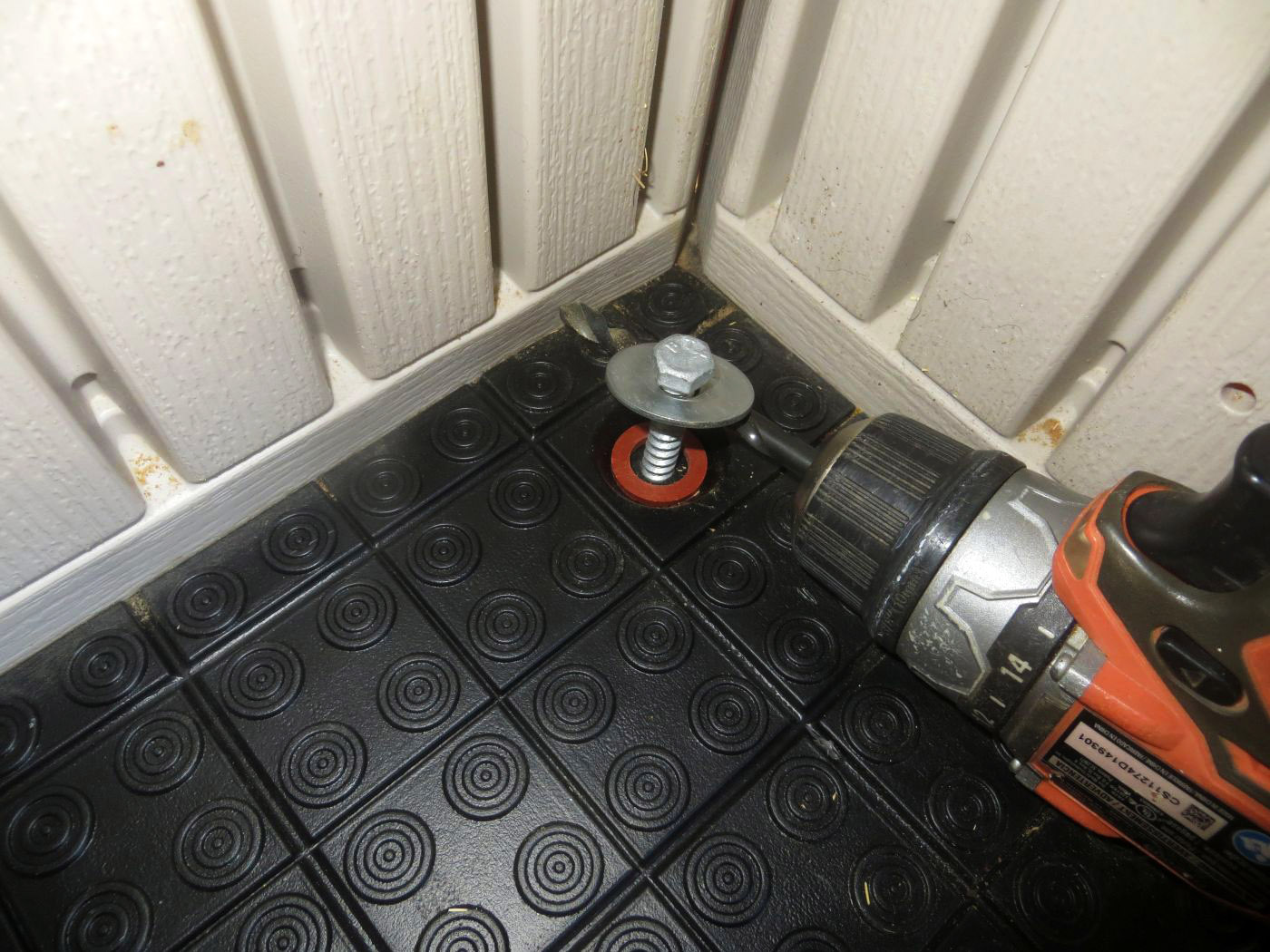
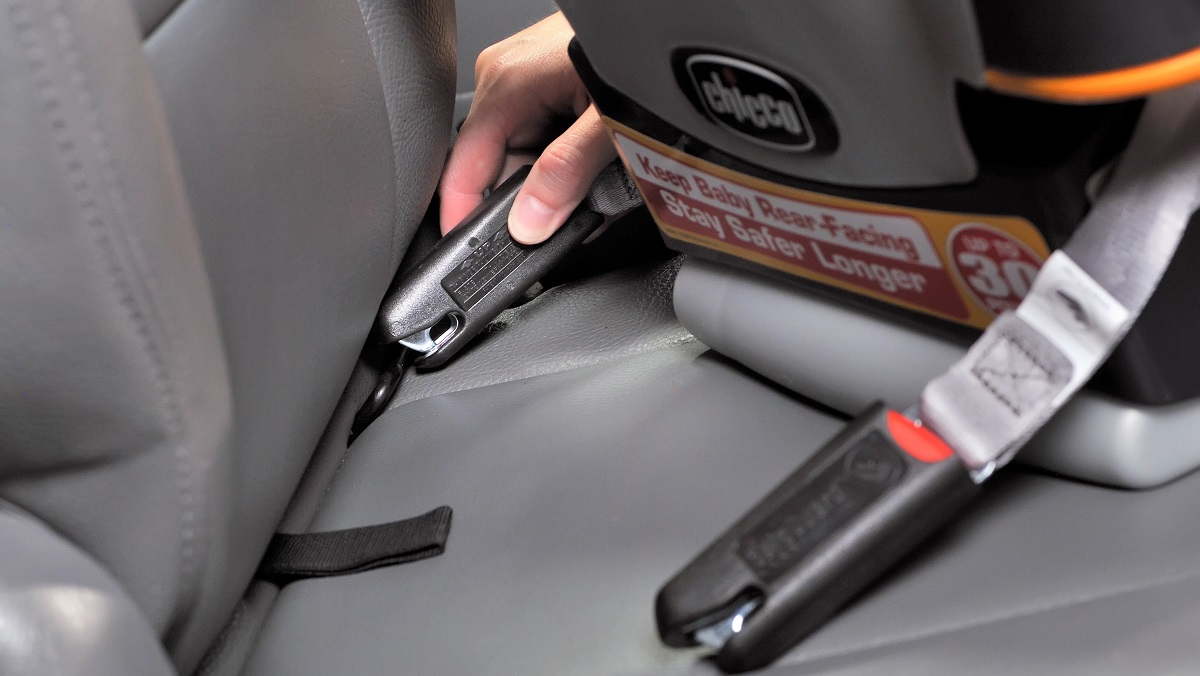

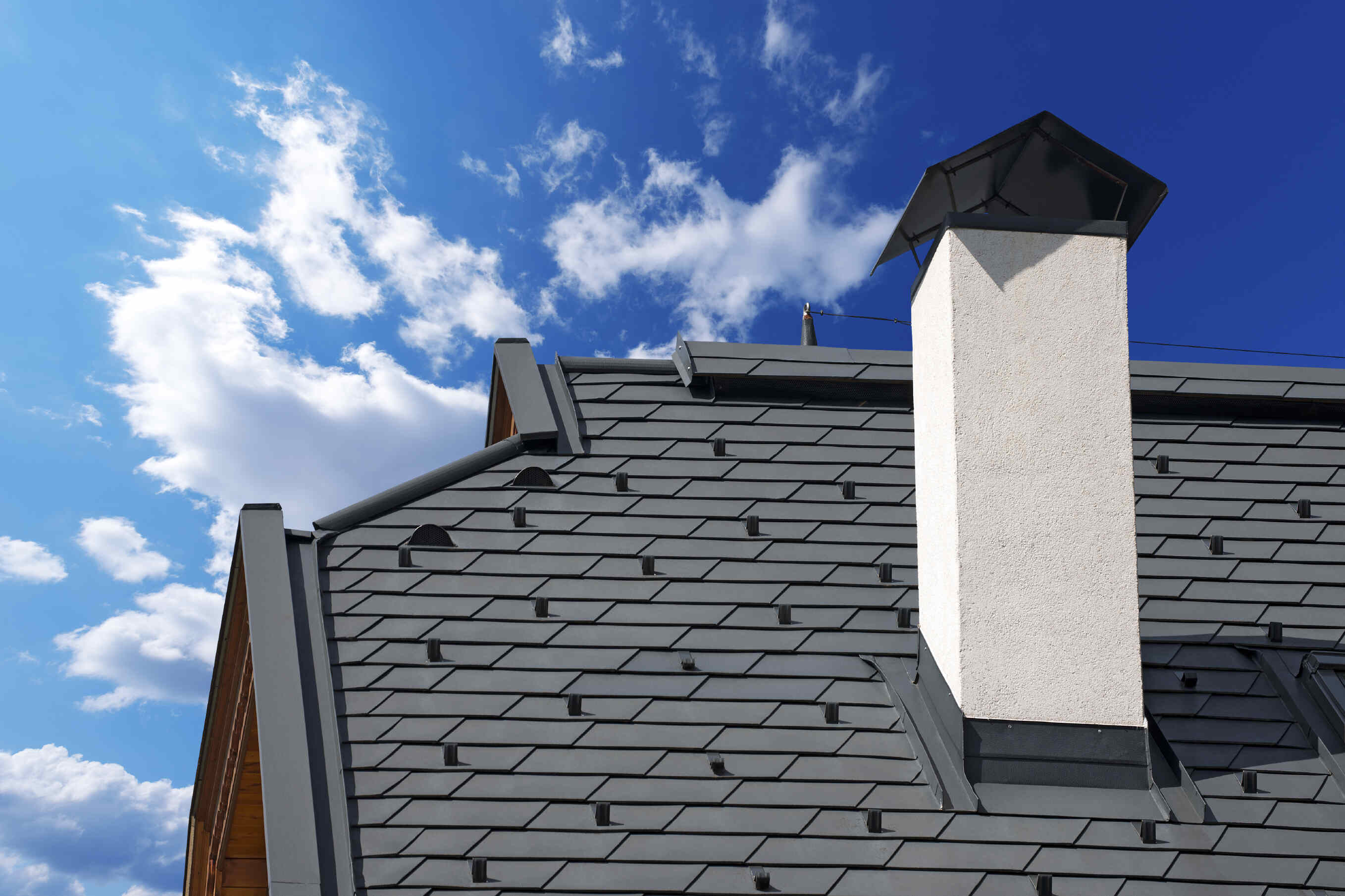
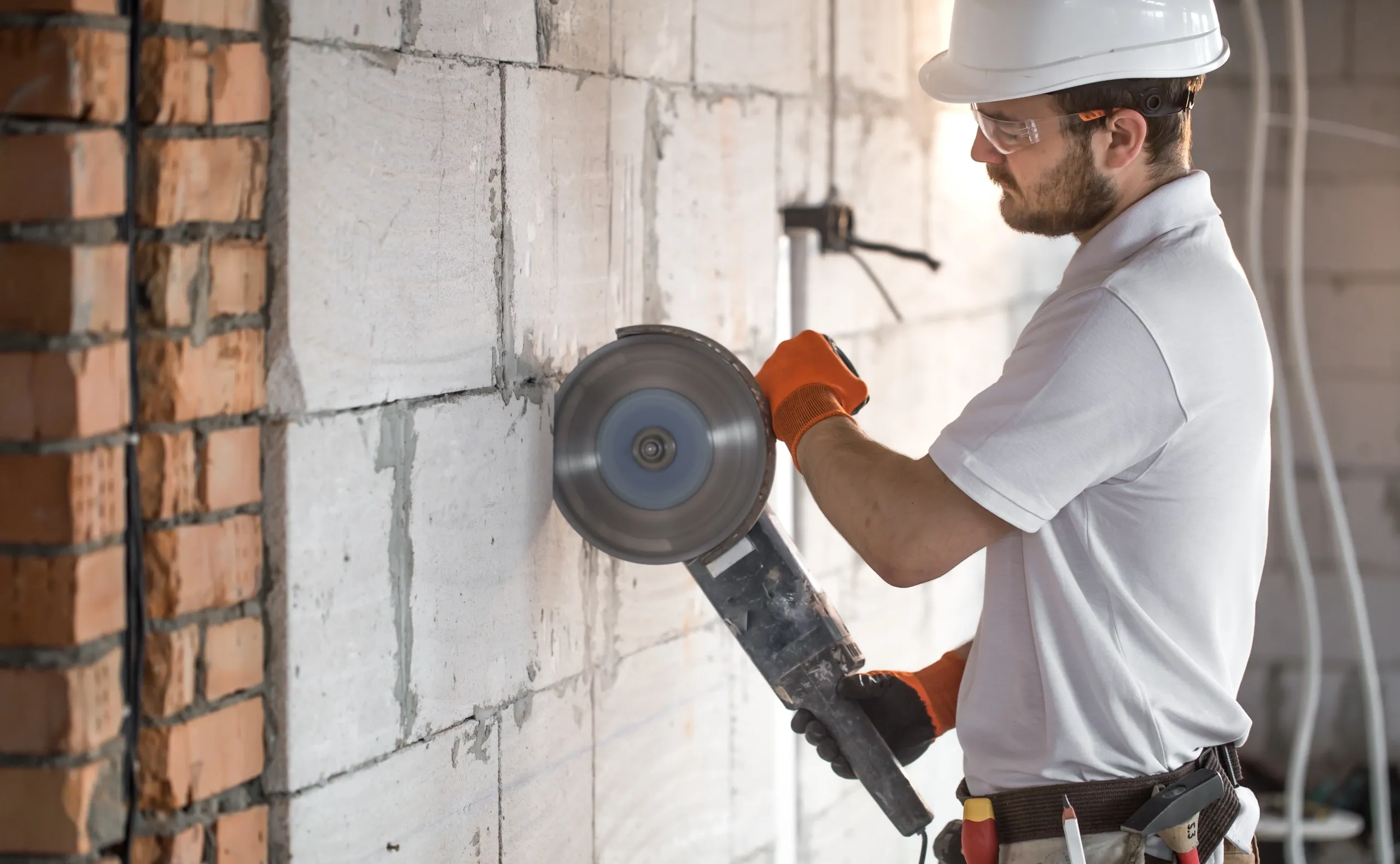
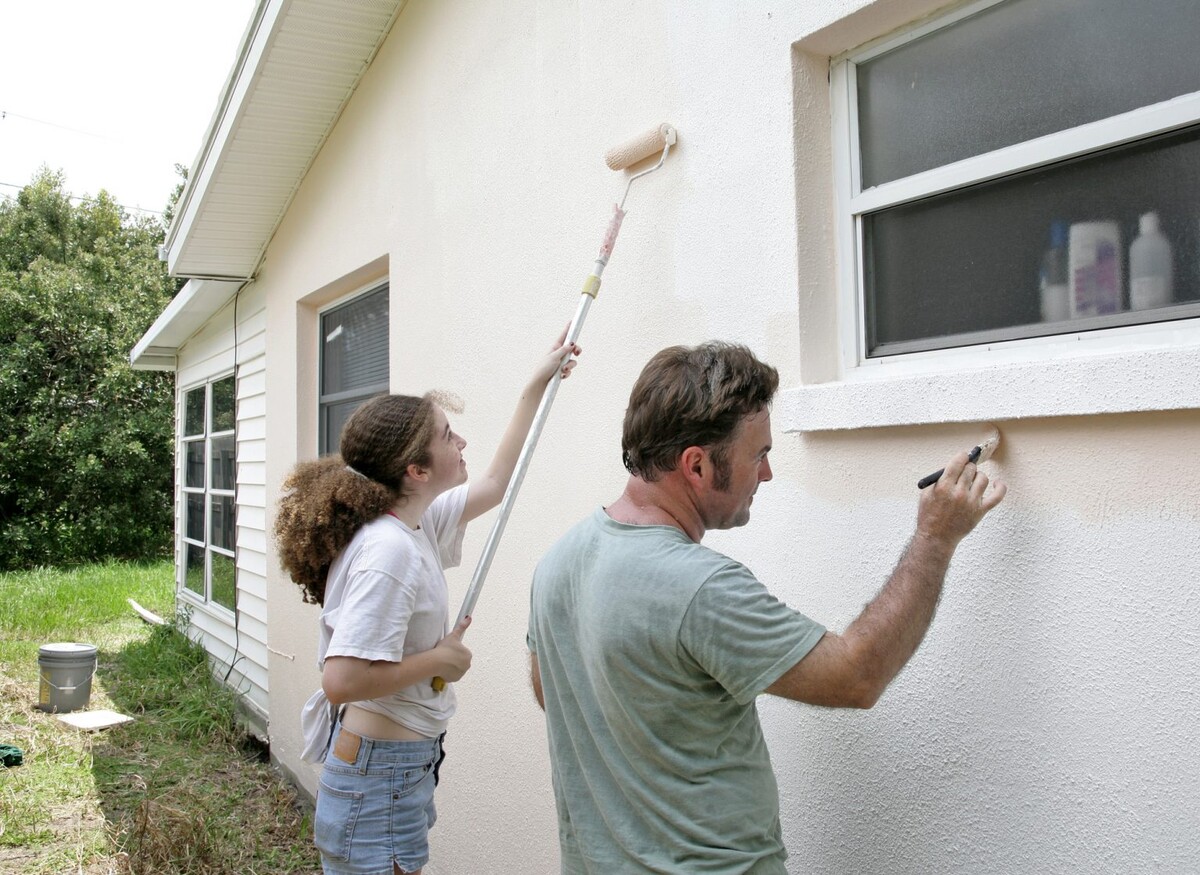
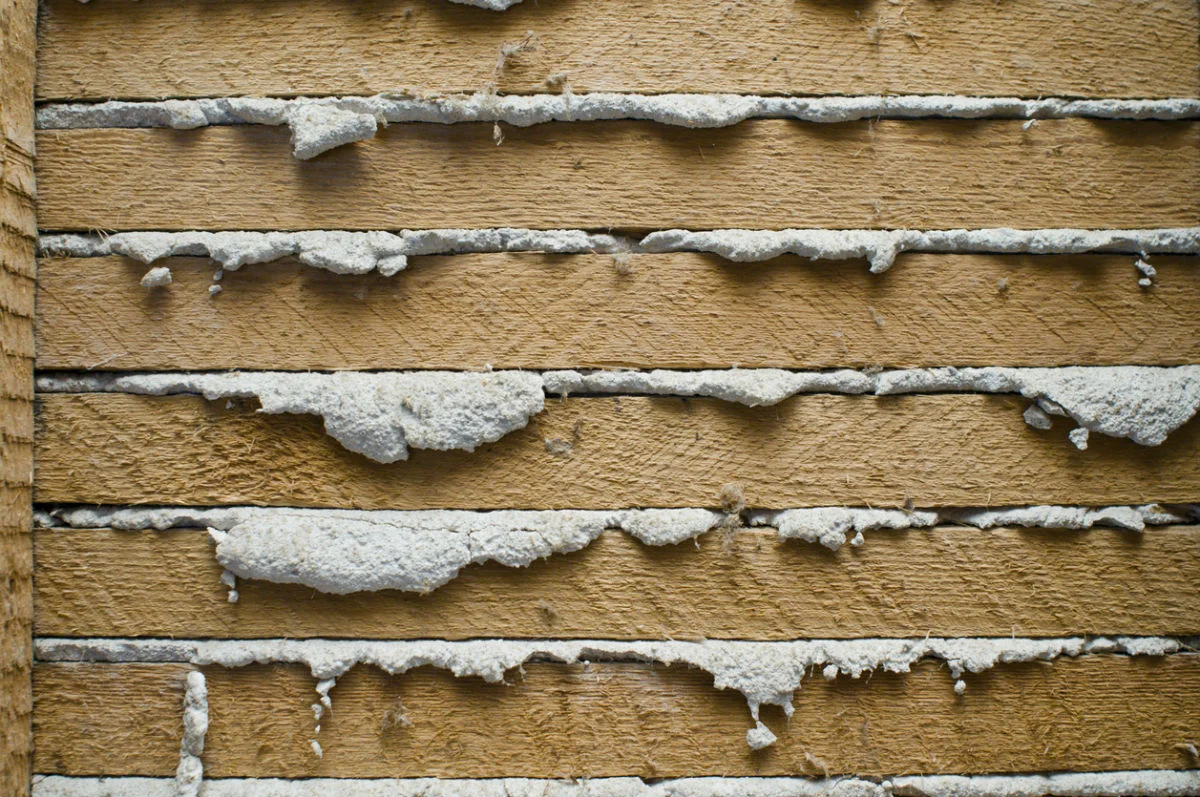

0 thoughts on “How To Anchor Into Stucco”